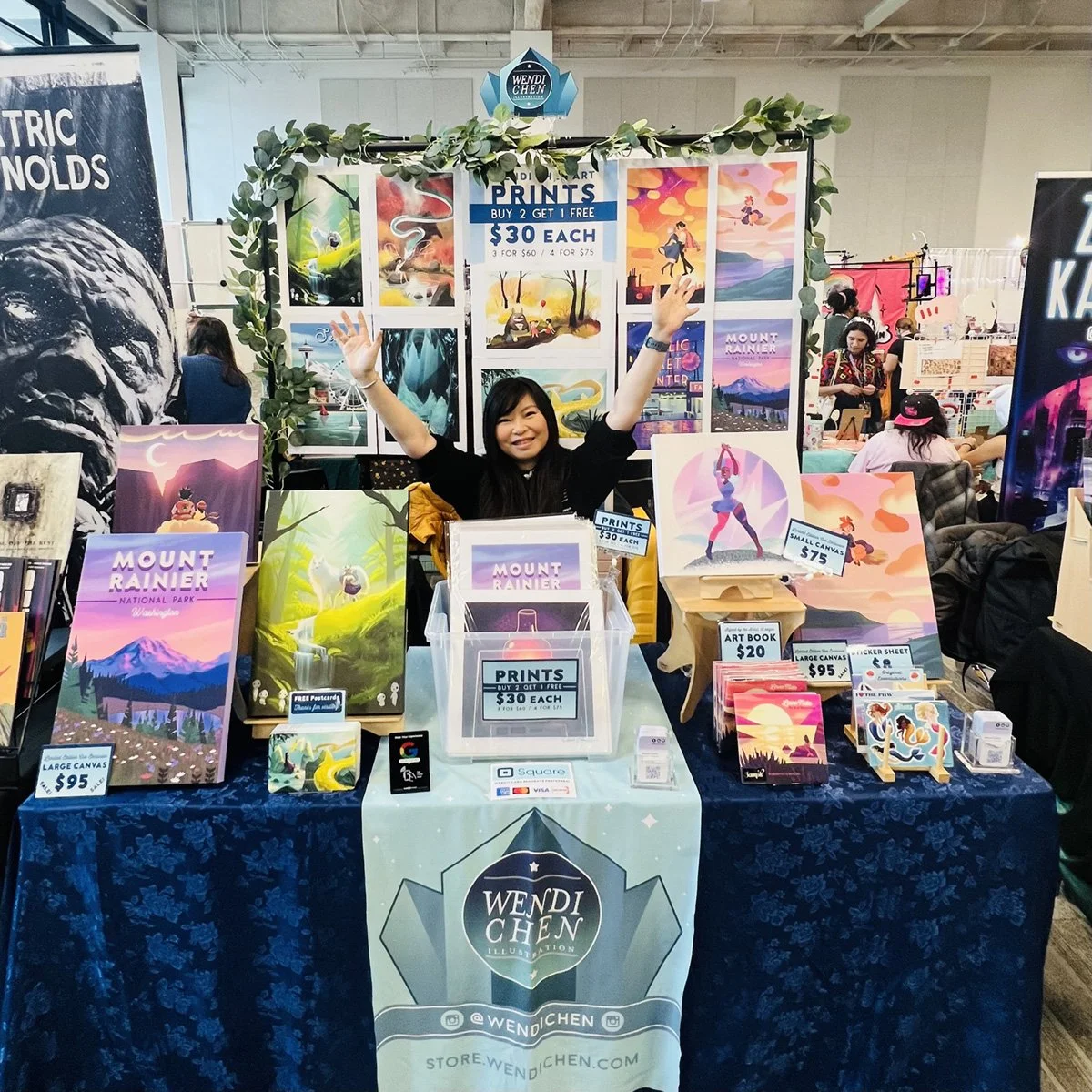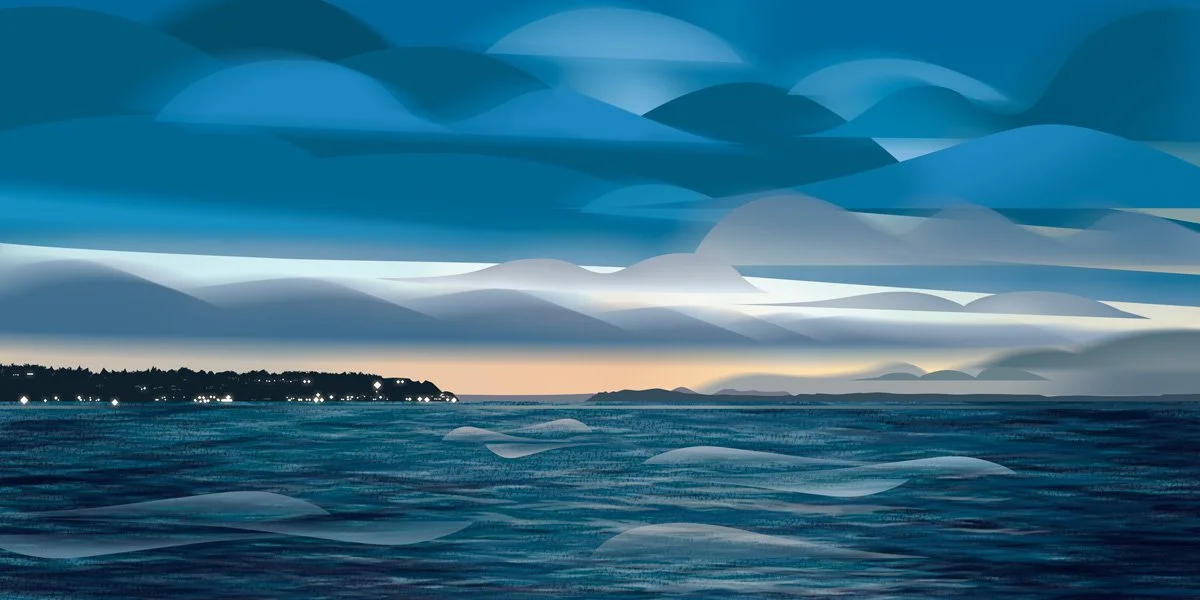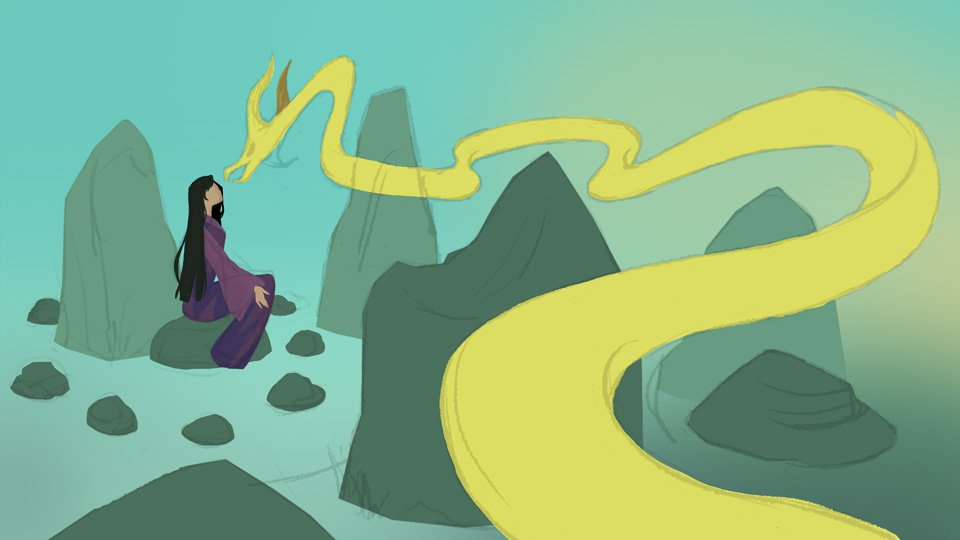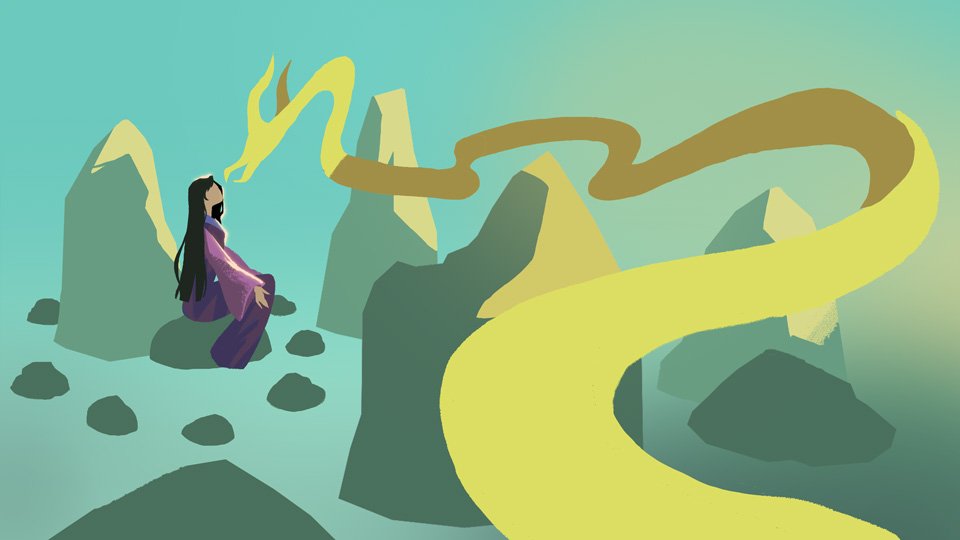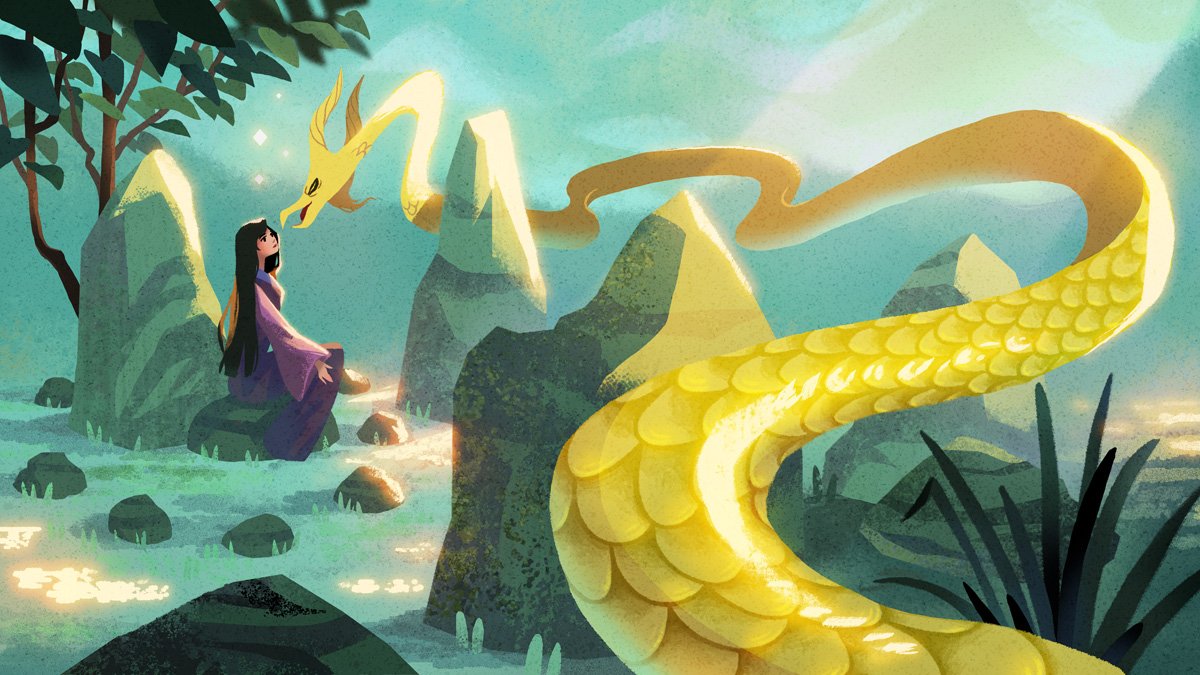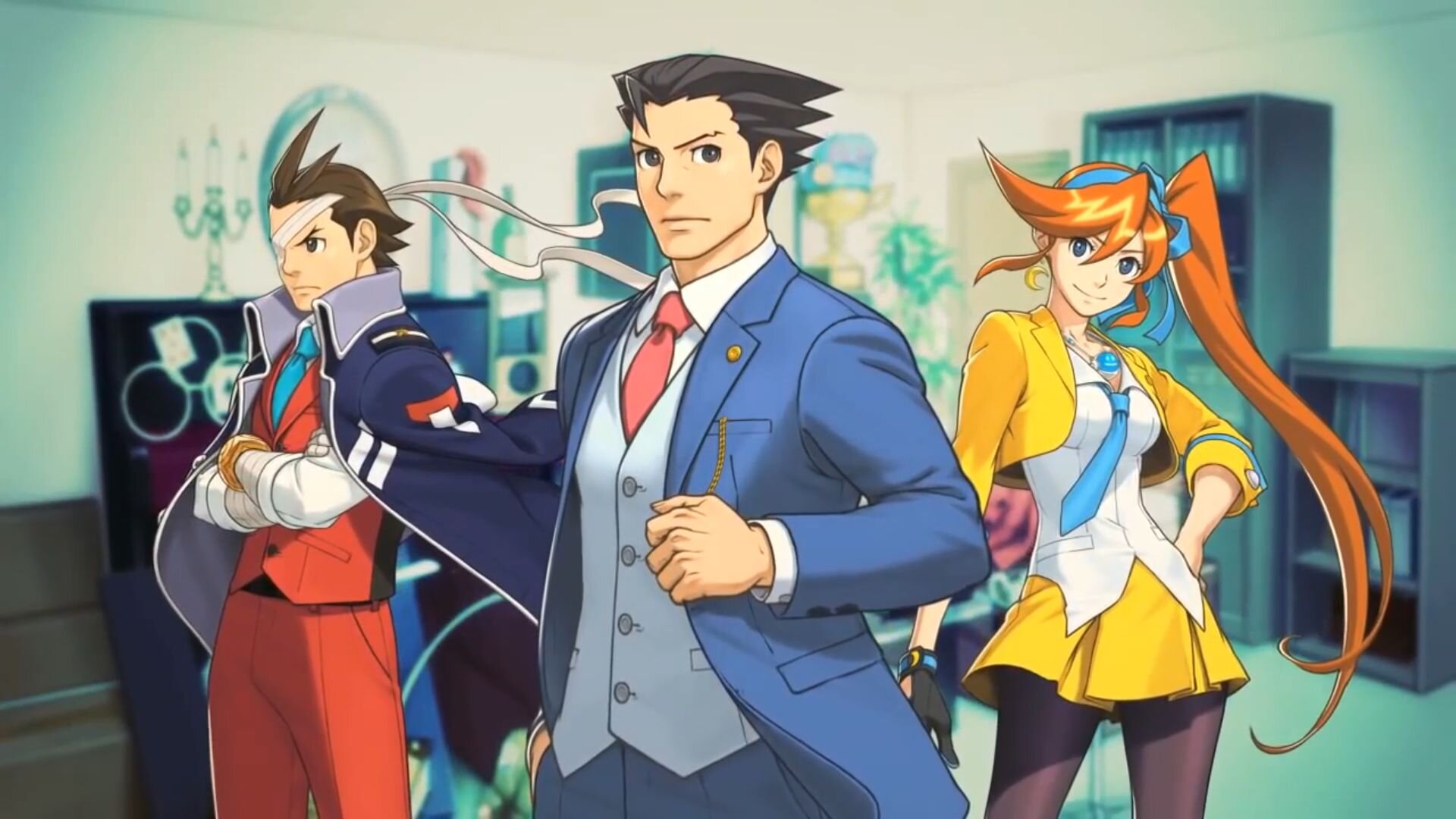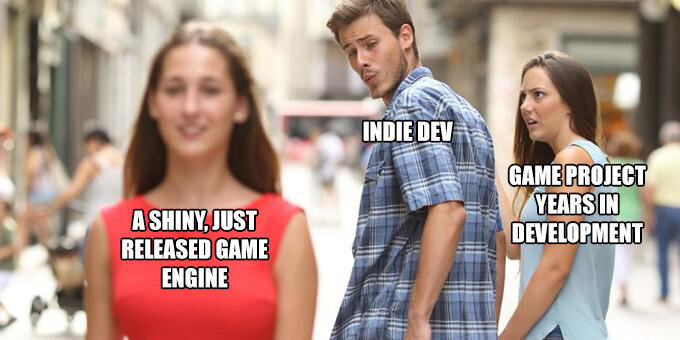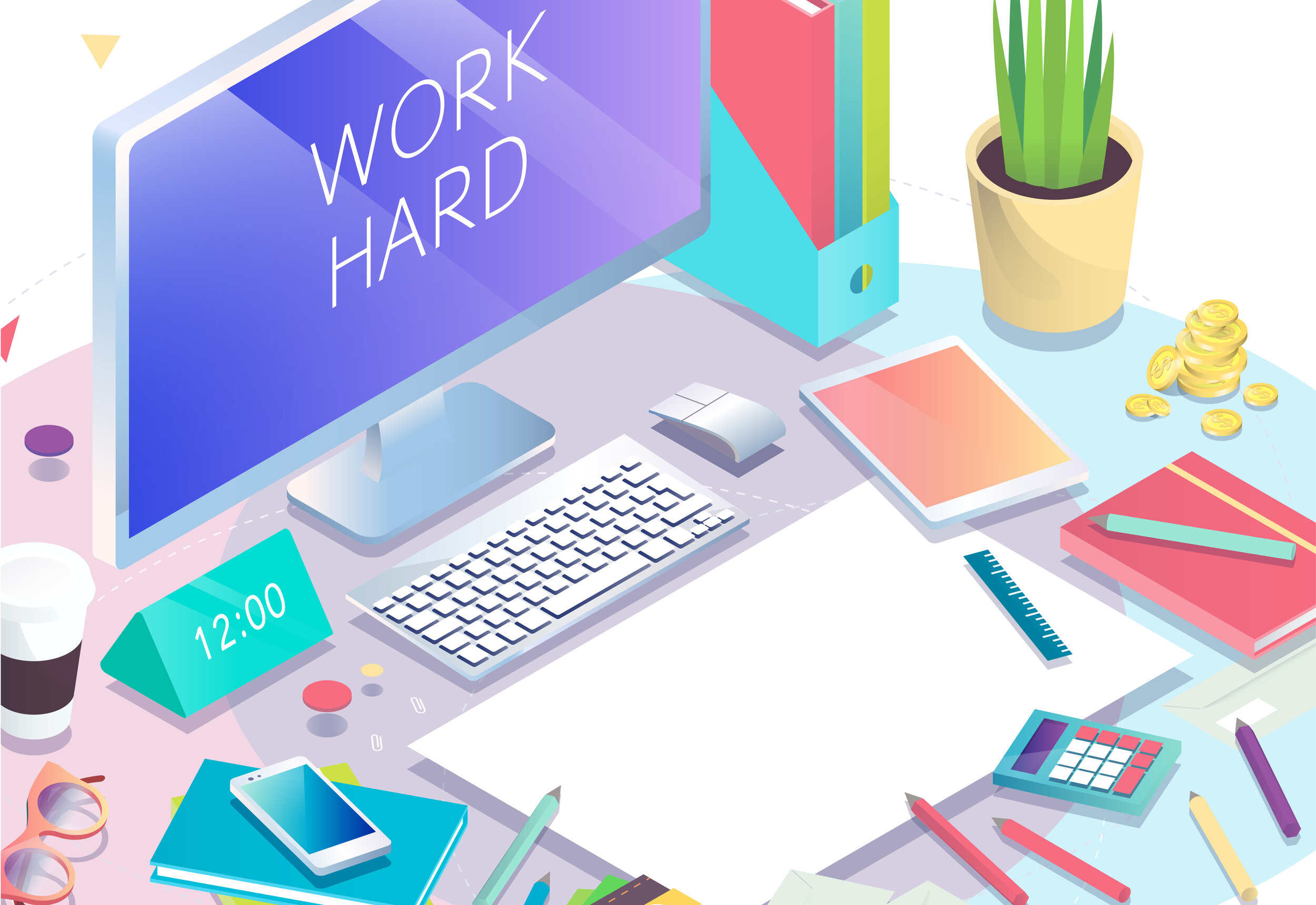People say wild things to artists at markets.
If you’ve ever sold at a convention, a craft fair, or Pike Place Market, you already know: the artist booth is less “retail space” and more “emotional confessional meets art museum gift shop with fewer boundaries.”
And honestly? I live for it.
Here’s a lovingly chaotic list of things I hear all the time - and why they secretly make my little artist heart melt (or at least giggle).
My art booth at Pike Place Market 2025! Every item you see on the table was hauled in and set up by yours truly - powered by a truly unreasonable amount of caffeine.
“Did you draw all of this??”
(I hear this at least five times a day.)
The short answer is: yes. The long answer is: I designed it, drew it, painted it, printed it, trimmed it, signed it, and set it up on this booth that I also lugged in at 8am while caffeinated and emotionally vulnerable.
But I get it. It’s not sarcasm - it’s awe. People don’t expect handmade work anymore. So when they ask, wide-eyed, I reply, “Yup! I made it all,” and smile like I didn’t just cry over sticker alignment last night.
I made all of the signage in this photo the night before the event wooooo~
“This reminds me of [insert oddly specific childhood memory]”
This one hits deep. Sometimes people look at my work and their whole face changes - like they just got punched in the nostalgia. They’ll say stuff like:
“This looks like that little place my grandma used to take me in Taiwan.”
or
“This feels like when I used to play outside after dinner and the streetlights were just turning on.”
I don’t care if you buy anything. That is the compliment. Thank you for sharing your childhood memories next to my sticker rack. I’ll be thinking about it for weeks.
Someone saw this and said, “it looks like a sweet fighting game level” and I’m pretty on board with that
“My daughter would LOVE this.”
Listen, I have never met your daughter, but I already believe she is:
• cooler than me,
• has impeccable taste,
• and deserves one of everything.
The number of moms, aunts, and grandmas who light up when they imagine gifting my art? 10/10 serotonin. Give them a coupon code. Put them in the newsletter. They are my people now.
This lovely customer bought an original mermaid papercraft for her daughter!!
“I don’t know what I’m looking at, but it’s very pretty.”
This is usually said by someone’s confused uncle who was dragged to the market against his will. I cherish this man. He has no idea what he is in for. He finds this kind of market overwhelming. But he saw something colorful, wandered in, and now he’s nodding politely with vague admiration. Beautiful. Thank you, sir.
A stylized plein air of West Seattle as viewed from the Seattle Waterfront. Someone said to me, “I can feel the wind” and I felt very accomplished!
“Can I just say: your booth setup is GORGEOUS.”
YES YOU CAN. PLEASE DO.
I spent hours designing this layout - grid walls, risers, print bins, signage, magnetic lights, the whole beautifully chaotic puzzle. And yes, I set it up and break it down every single day like a traveling art goblin with commitment issues. I own twelve lights, four shelves, and a personal vendetta against bad presentation. Complimenting my booth setup is like complimenting a dragon on her hoard. I will remember you forever.
My husband and I at my 2025 Pike Place Market booth - in a tiny 6-foot space! The “sale window” is just big enough for our heads!
“I could never do what you do.”
Honestly? You probably could. But you don’t have to because I’m doing it. And it means a lot when people recognize the labor, heart, and chaos behind every piece of art on the table.
Even if you just stopped by to look - thank you. Even if you only bought a single sticker - thank you. Even if you just said something weird and walked away without making eye contact - weirdly, still thank you.
Markets are wild. But people are kinda wonderful.
P.S.
If you have said any of the above to me recently, please know I am smiling at you through the screen right now. You are the reason I love selling in person, even when my feet are melting into the pavement and I’ve eaten a single Piroshky and nothing else that day.
You’re part of my story now, and I hope something you saw at my table stays with you, the same way your words stayed with me. ❤️

